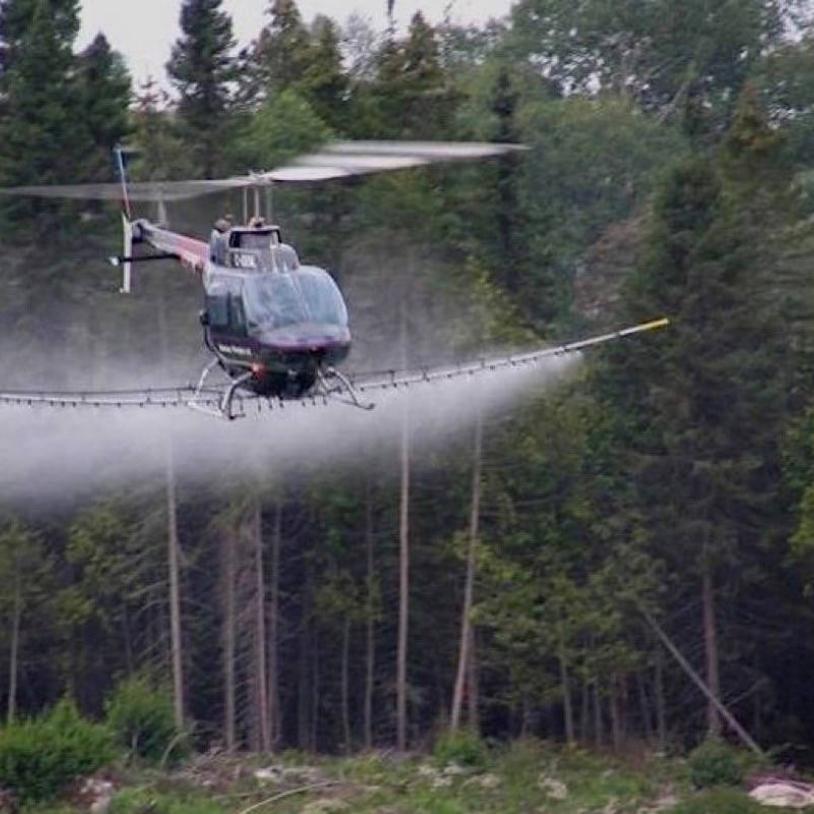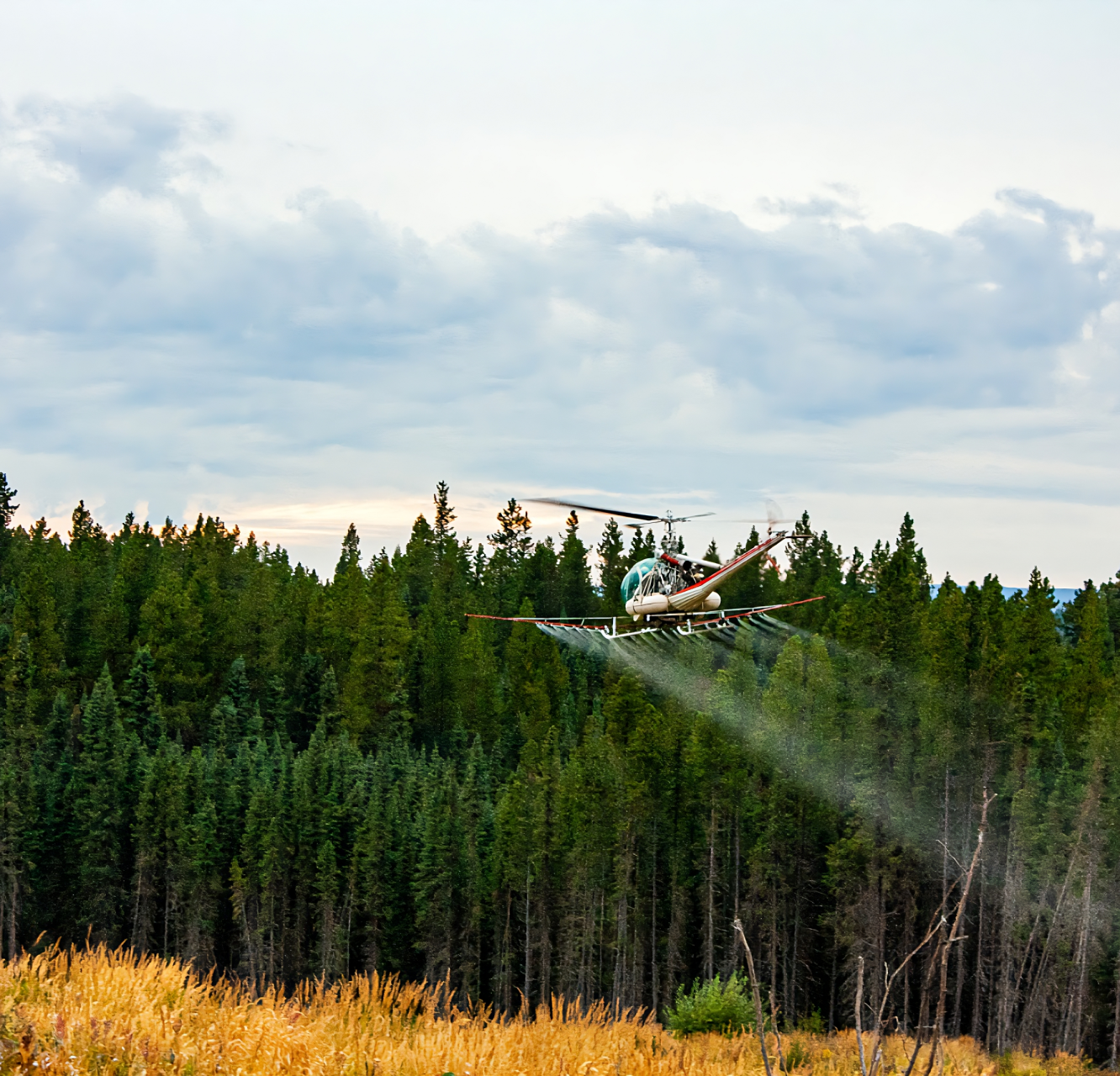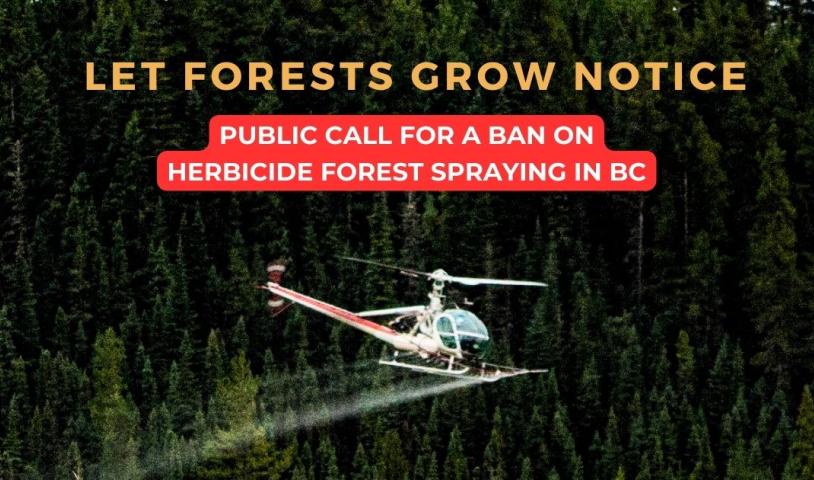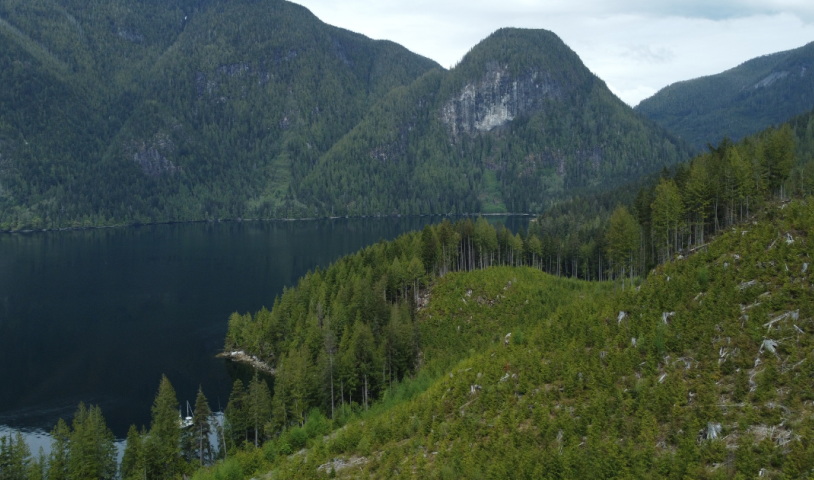How to grow a "bee-friendly" garden
Tuesday, May 19, 2015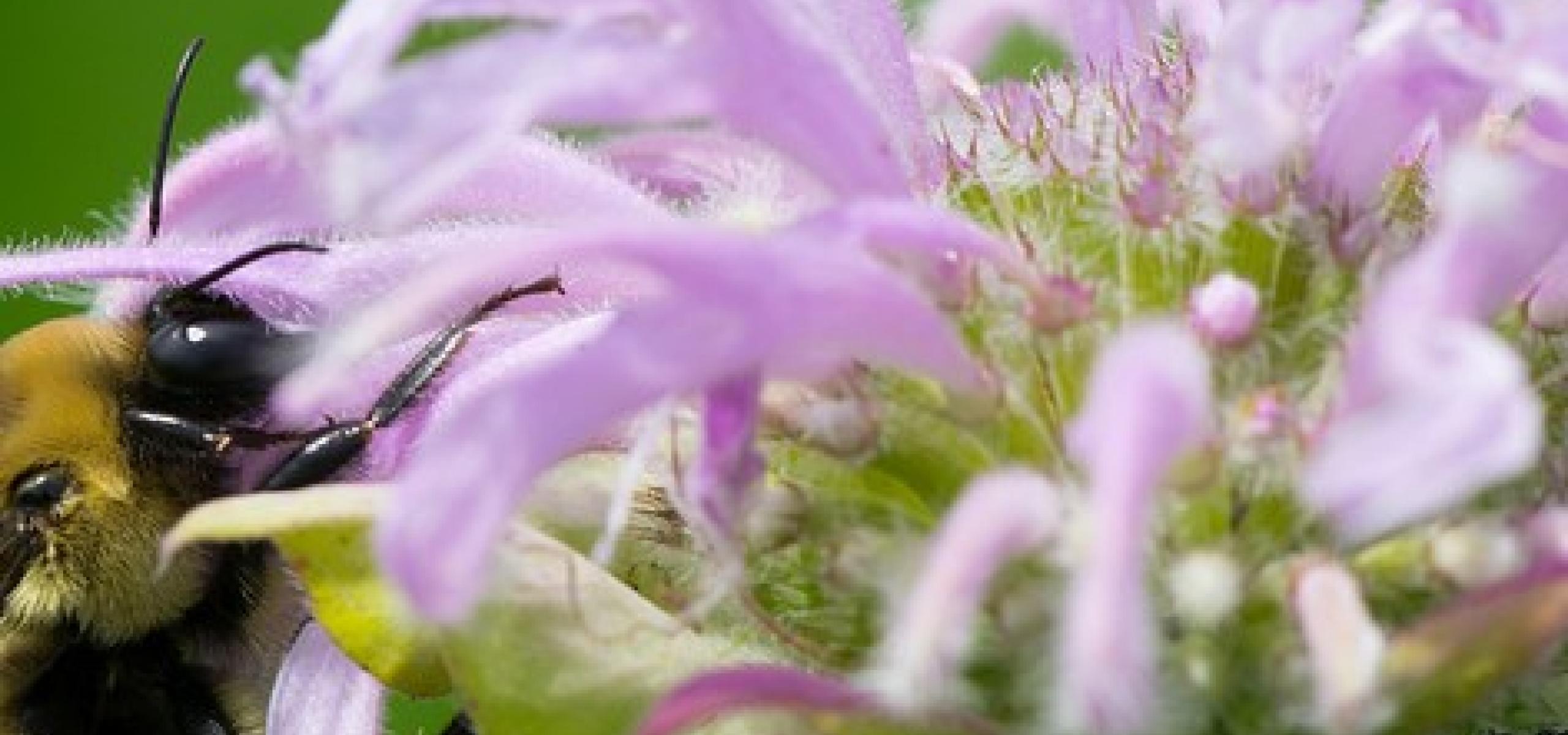
This guide is designed to help you make your yard bee-friendly. It includes information about how to maintain your yard for the bees, which flowers are best for bees and some simple tips that you can use to help a bee in need.
1. Lawn Maintenance
Over 70 per cent of bees nest underground, including native bees. To help the bees you can:
- Retire the mower until June or until other flowers have bloomed. Leave the natural grasses, flowers and "weeds" that occupy your outdoor space: an entirely grass lawn is unnatural and provides little shelter for insects.
- Never mow during the hot afternoon. If you must mow your lawn, avoid doing it during the hot afternoon, when bees often head underground to rest and escape the hot sun.
- If you need to mow, raise the blade! If you raise the blade on your mower, you can cut the grass while leaving some dandelions for the pollinators.
- Provide nesting sites and natural habitat for bees through the use of hedgerows, plants to block wind and other helpful practices. For example, a gardener can leave dead raspberry canes on the ground, allowing leafcutter bees to get inside and make nests.

Photo: Gwen Barlee
2. Water
Create a drinking hole for your neighbourhood bees (see below)! Place rocks in a shallow bowl and leave it at ground level. Fill with water but make sure the rocks are still sticking out for the bees to land on – bees are rarely capable of landing in a water body without crashing. Add fresh water regularly.

Photo: StayThatsWhatIMeantToSay via Tumblr
3. Food
Bees consume both nectar (for sugar) and pollen (for protein and fats). Do the following to give bees a smorgasbord of healthy energy sources:
- Embrace the dandelions. Many plant species do not flower until June-August. Dandelions are an early source of energy that is a life-saver for bees emerging from hibernation. Not to mention, dandelion greens are a healthy addition to your own meals! Leave your dandelions until mid-June when other flowers have bloomed.
- Keep a pesticide-free yard! Neonicotinoids (neonics) are a type of toxic pesticides that are largely responsible for worldwide pollinator decline and colony collapse disorder. Many stores have committed to having neonic-free plant options. A quick google search can help you find more garden centres in your area with neonic-free plants. The following stores have neonic-free options and remember – if a retailer can’t guarantee their plants are neonic free – don’t buy them!
- RONA
- Home hardware
- Home depot
- Lowe’s
-
Plant native plants, which will be more attractive to native bees. Native plants are adapted to your local climate, soil and native pollinators. Non-native flowers that are bred to be aesthetically pleasing are sometimes sterile and of little use to native pollinators – some hybrid plants don’t produce pollen or nectar at all! Click here for a guide of bee-friendly plants native to BC.
-
Select single flower tops such as daisies (below). Single flower tops produce more nectar that’s also easier for bees to access as compared to multiple flower tops.

Photo: WC files
- Buy bright flowers! Bees have good vision and love bright colors, especially blue, purple, yellow and white.

Photo: Gwen Barlee
- Plan for blooms year-round. Plant a wide variety of species that flower at different times of the year: spring, summer and fall.
- Help pollinators find their favourites by planting in clusters, rather than single plants.
-
And of course, don’t treat plants with commercial pesticides!
4. Natural pest control
Commercial methods of lawn maintenance involve spraying entire yards with toxic pesticides containing neonicotinoids. These pesticides are sprayed to prevent a pest outbreak but often kill many other important species as well, including bees and butterflies.
Instead of using pesticides there are natural ways to prevent pests. For example: nematodes (roundworms) naturally exist and control pest insects in soil. Consider using nematodes rather than pesticides. For more natural alternatives to chemical pesticides, check out the links below:
- Everything you need to know about organic pest control
- 10 Homemade Organic Pesticides
- Organic Alternatives for Pesticides
- These natural pesticides won't harm good bugs
- 8 Homemade Aphid Spray Recipes and Tips
Read this article to learn how to detect an infestation and get rid of pests like the European Chafer Beetle — an invasive species of beetle.
Native plants pollinators love
 |
 |
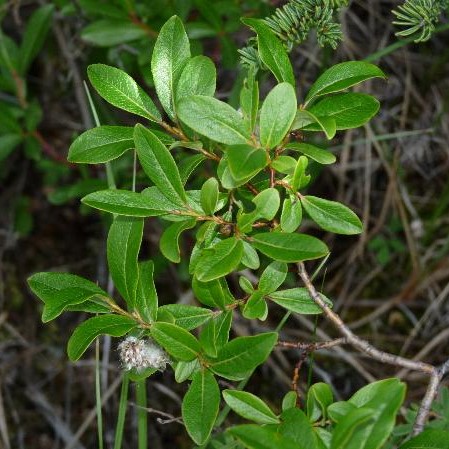 |
|
Branching phacelia Joe Decruyenaere via Flickr |
Green comet milkweed Matt Lavin via Flickr |
Blueberry willow Jamie Fenneman |
 |
 |
 |
|
Wild bergamot Joshua Mayer via Flickr |
Nettleleaf Giant Hyssop Katja Schulz via Flickr |
Bog rosemary Don Henise via Wikimedia Commons |
|
|
 |
 |
|
Sneezeweed Aaron Carlson via Wikimedia Commons |
Blackeyed susan a.k.a. hairy coneflower via Flora Finder |
Cutleaf coneflower Σ64 via Wikimedia Commons |
 |
 |
 |
|
Missouri goldenrod Matt Lavin via Flickr |
Canada goldenrod George Slickers via Wikimedia Commons |
Northern golden rod Matt Lavin via Wikimedia Commons |
 |
 |
 |
|
Philadelphia fleabane via Ladybird Johnson Wildflower Centre |
Canadian fleabane Juoko Lehmuskallio via Wikimedia Commons |
Daisy fleabane Jason Holinger via Flickr |
 |
 |
 |
|
Nodding onion Fritzflohrreynolds via Flickr |
Tapertip onion Wallace Keck via US National Park Service |
Geyer's onion Scott Zona via Flickr |
 |
 |
 |
|
Dwarf red raspberry Notjake13 via Wikimedia Commons |
Allegheny blackberry (Rubus allegheniensis) NRCS |
Trailing blackberry (Rubus ursinus) brewbooks via Flickr |
 |
 |
 |
|
Blueberry Manuel via Flickr |
Oregon Grape Lauren Tersk via Wikimedia Commons |
Thimbleberry Chloe Willes-Speakman |
 |
 |
 |
|
Salal Chloe Willes-Speakman |
Wood rose Max Licher via Wikimedia Commons |
Shrubby cinquefoil Paul Asman and Jill Lenoble via Flickr |
 |
 |
 |
|
Dwarf rose Walter Siegmund via Wikimedia Commons |
Nootka rose Leslie Seaton via Wikimedia Commons |
Clustered wild rose Paul Slichter |
 |
 |
 |
|
Northern starflower via Flora of Quebec |
Blue vervain via Wild Seed Project |
Prairie lupine brewbooks via Flickr |
 |
 |
 |
|
Strawberry blossom Bill Tyne via Flickr |
Sea thrift Ghislain 118 via Wikimedia Commons |
Small-flowered tonella Walter Siegmund via Wikimedia Commons |
 |
 |
 |
|
Anise hyssop via Butterfly Gardens To Go |
Fireweed Zeynel Cebeci via Wikimedia Commons |
Salmonberry Chloe Willes-Speakman |
More bee-friendly trees: Maple, Mountain Ash, Poplar, Plum
For more information on bee-friendly gardening, check out these great resources:
- Flower Fragrances That Attract Bees and Butterflies to Your Garden | Fragrance X Library
- Bee-friendly Plants for your Garden or Farm | Earthwise Society
- The Best Garden Flowers for Bees | University of Sussex
- Plant a Bee-Attracting Garden | BC Farms and Food
Take action in your community
- Follow our campaign to ban neonics in Canada. Many places around the world have already banned these chemicals; it’s time Canada does the same!
- Looking to help bees outside of your garden? Here's some info on how to plant "pollinator patches" along roadsides:


